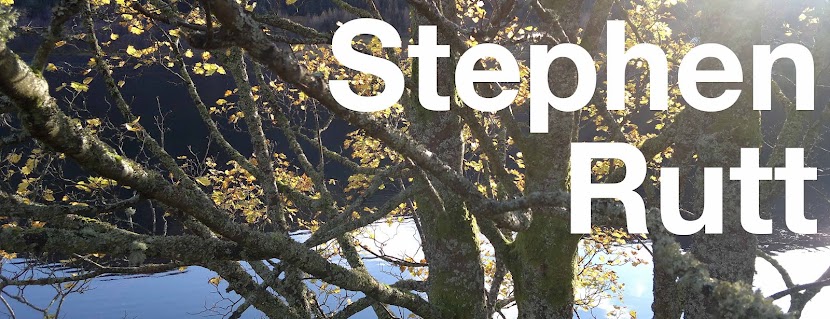A young heron in a bundle of sticks, peering out from a broken willow. Fluffy down around its crest. Swaying its stubby, dagger-ended head up, then down, striking out at nothing in particular. Dreaming of fish.
An adult heron walking tibia-deep in the water, wings folded with stately, hands-behind-backs poise, past three terrapins clinging onto a floating log. One half-mounting the other, maybe mating, maybe merely clambering over it in slow motion enthusiasm.
We followed the concrete rivers of South London just to see where they would take us. Heavy clouds hung low over dirty streets and the air was thick and stale with the smell of fried chicken. Spring in south London.

Lewisham does not promise much in the way of wildlife, but away from the high streets it can be found. We found the park by following the Quaggy: a concrete-sided river funnelling clear water north from here to Deptford Creek, where it meets the muddy brown Thames. The banks, as they are, are filled with daffodils and litter and out of the corner of my eye it wasn’t entirely clear which was which. A smashed up laptop beached in the middle of a gravel patch stayed until the next heavy rain swept it downstream. I’m used to seeing grey wagtails (as yellow as daffodils) in upland streams, not clinging to these lips of grey concrete, picking off the gnats hatching from the shallow water. In the grey neglected bits of London, nature has the colour. From a nearby tree, a starling mimics a police siren. Eight oranges and four apples floated downstream.

The river diverted underground, and we walked along the grounds of dilapidated buildings flourishing with green alkanet. A few lemon yellow blooms of cowslip, red-dead nettle and archangel in the cracks, surviving impolitely. Growing where they please. There is more to urban nature than crests of buddleia sprouting from every undisturbed surface. It was London where I came to learn my basic botany on the weeds that grow before the landowners come with chemicals to obliterate them, erasing their colour in favour of concrete.
I read the other day that the environmental philosopher Anthony Weston thinks ‘disconnection is not the root of environmental crisis but, most fundamentally, is the very crisis itself’*, and I think he’s right. Its why we should celebrate urban nature, given that 82% of British people live in urban areas. The herons, the parakeets, the wagtails, the alkanet that flourishes with neglect and is usually full of bees. It’s the pearl that forms around the urban grit. The trees clear the air. The flowers and wagtails introduce people to nature that’s not exclusive, not the preserve of the shires or a TV documentary. That’s not to say that London is environmentally perfect — though neither is the countryside — but biodiverse enough to make me rethink what nature can be. Or even should be.


*Anthony Weston, The Incompleat Eco-Philosopher (Albany: University of New York Press, 2009), p.132.
